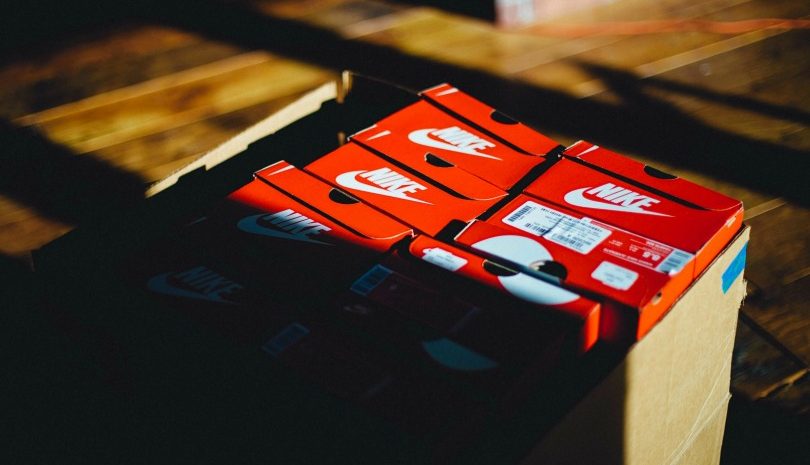Nespresso and Nike lead in D2C practices

Nespresso and Nike have the best direct-to-consumer (D2C) approach, according to a new report from Practicology, an e-commerce consultancy.
The two brands tied for the top score (80 out of 100) in Practicology’s “D2C Report 2019” released on Tuesday. The report judged D2C brands on how well they compete with retailers and marketplace to attract customers to their own websites.
The best brands try to attract customers with exclusive and personalised products, value-adding services (such as subscriptions), and editorial-style content to position themselves as experts in their field, the report stated.
While Nespresso was built from the beginning as a D2C brand, Practicology said Nike’s top ranking was perhaps “more interesting”, because its products have such mainstream distribution.
“Nike has managed to differentiate through its D2C offer with a particular focus on unique content, unique product and personalised product,” the report stated.
“It comes as little surprise that Nike’s D2C sales are growing substantially quicker than those through its wholesale channel.”
D2C websites are becoming more important for brands for a few reasons, such as brand reputation, being less reliant on third-party sellers, and escaping the focus on “price and volume at any cost” pushed by many marketplaces, according to the report.
Overall, 72 per cent of the 100 brands judged had combined their brand site and e-commerce site, rather than running two separate websites for consumers to juggle. Thirty-two per cent offer exclusive products that are only available on their site, while another 25 per cent offer exclusive product bundles.
While personalisation is something that customers are increasingly valuing, only 17 per cent of brands offer such a service online – with Nike’s ‘Nike By You’ service named the most advanced example of product personalisation seen in the course of the report.
Twenty-nine per cent of brands offer free samples for customers – something that beauty brands are particularly good at compared to other sectors.
One of the more common forms of value-adding content was video instructions, used by half of brands, and how-to guides, which are used by 67 per cent of brands. Less common was community-generated content, with only 20 per cent of retailers allowing their audience to feature on their website.
Comment Manually
You must be logged in to post a comment.

No comments